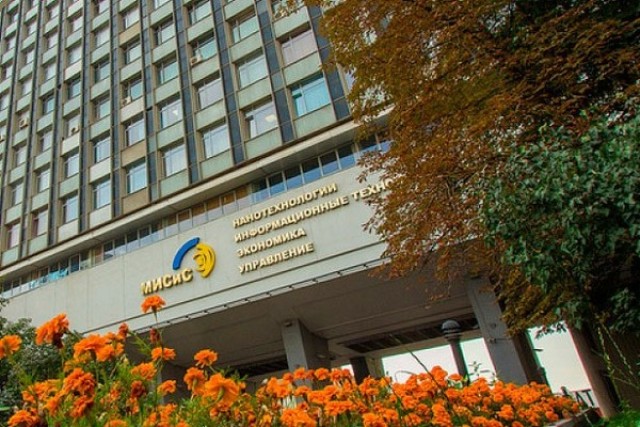Russian scientists have launched the first open-access quantum network in Moscow, in which all interested organizations will be able to participate, [...] TASS reported on Monday, citing the press service of the National Research Technological University "MISIS".
Now the network unites NUST MISIS and the Moscow Technical University of Communications and Informatics (MTUCI), but thanks to the open architecture, the network can be scaled and expanded, so that both software developers and organizations wishing to connect experimental sections of their infrastructure for the implementation of quantum communications can participate in the project.
Specialists of NUST MISIS and MTUCI, as well as KuRate and Security Code companies took part in the creation of the network.
The network operation is based on the technologies of quantum key distribution developed in the company "KuReit", as well as on the basis of comprehensive network protection systems created by specialists of "Security Code". Existing fiber-optic lines are used to transfer keys and data, which significantly reduces the cost of operating and expanding the network, the report says.
About quantum communications
The function of quantum communications (not to be confused with quantum computing, this is another subject area) it consists in providing absolutely secure communications. Quantum communication technologies have now been developed to the stage of practical use.
Their main advantage is the fundamental impossibility of secret unauthorized access to the transmitted data – such an attempt will be guaranteed to be noticed, since any removal of data in the channel changes its state.
A primitive explanation may be as follows. Quantum data transfer involves the delivery of photons from A to B, they are data carriers. It is possible to intercept a photon in the channel, but it is useless: the spy will get to a single bit and find out that the value of this bit is "1" or "0". He will not learn anything more, because the photon can not be read or copied without destroying it, and the reaction to the spy's interference in the data transmission channel, isolating it from the transmitted information, occurs instantly.
The quantum network consists of five nodes that are located in university buildings. In the future, it can be expanded by joining other educational institutions, as well as commercial and government organizations to the project.
After the expansion of the network, the researchers plan to study in detail how effectively the procedure for reserving its capacities will work.
Recall that in June, Russia launched the first quantum communication line between Moscow and St. Petersburg. As Deputy Prime Minister Dmitry Chernyshenko said at the time, 7 thousand km of quantum networks will be launched by 2024. The continuation of the project is provided with funding.

